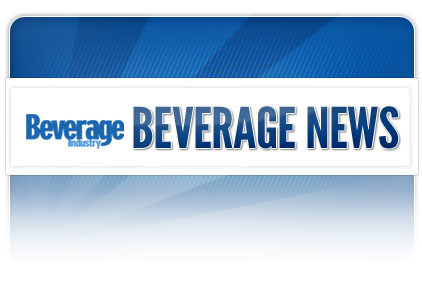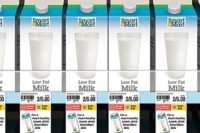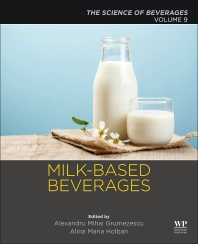SymphonyIRI finds payroll tax increase causing shifts in CPG shopping behavior
Food and beverage dollar sales growth stable in January, but outlook is mixed

Symphony Consulting, a business unit of Chicago-based SymphonyIRI Group Inc., has completed an initial analysis of shopper behavior since Jan. 1 when the payroll tax increased. The analysis focuses on the impact of the payroll tax increase on food and beverage consumption, including its impact on key dimensions, such as the type of stores shopped, type of brands bought (store brands versus national brands), and the effect on various segments and categories.
“To date, shifts in shopper behavior are subtle, but patterns are emerging that deserve close and ongoing scrutiny,” said Managing Director of Symphony Consulting Krishnakumar (KK) S. Davey in a statement. “Our initial analysis offers highly current data on shopper behavior that will form the basis for ongoing research into the impact of the payroll tax increase.”
Comparing dollar sales growth in food and beverages during the first four weeks of 2013 to growth during the last four weeks of 2012 reveals little change in shopper behavior, the market research firm reports. Sales growth remained constant at 2.1 percent during this timeframe, and food inflation growth decreased to 1 percent from 1.4 percent, it states. However, in the last week of the month, discretionary categories across all outlets experienced some softness. SymphonyIRI defined each growth statistic as performance in the given period as compared with the same period one year ago. Private label dollar sales increased slightly during the first four weeks of 2013 compared with the last four weeks of 2012, to 2 percent from 1 percent, picking up the pace in the last week of the month, the analysis shows.
Symphony Consulting’s granular analysis reveals evidence of softness in shopper purchases along some key dimensions. Dollar sales growth for all channels remained constant at 2.1 percent during the first four weeks of 2013 and the last four weeks of 2012; however, dollar sales growth at mass merchandisers decreased to 3.3 percent from 5.3 percent during this timeframe, SymphonyIRI says. This information suggests that dollar stores have picked up some business from mass merchandisers. Club store dollar sales growth also registered a similar decline, it adds.
Changes in behavior by income group indicate a slowdown for a subset of the population, according to the analysis. The growth rate among middle-income shoppers decreased slightly (40 basis points), the market research firm reports. There was no significant change among high-income shoppers. Contradicting expectations, dollar sales growth among low-income shoppers increased, albeit by a small percentage (50 basis points), it states. This could be attributed to increased in-home consumption versus dining out, it notes.
Dollar sales growth of several categories exhibited declines, including snacks (down 230 basis points) and beverages, such as coffee and tea (down 2 to 110 basis points), the analysis shows. Cooking ingredients and beverages such as juices and drinks, on the other hand, showed growth. Despite across-the-board over-performance during the first four weeks of 2013, discretionary categories lagged total food and beverage in the last week of January 2013, with dollar sales growth of 1.9 percent compared with 2.5 percent for the category as a whole in the same period, the market research firm reports. This could be due to the end-of-month effect when households optimize their grocery spending as a result of shrinking wallets, it adds.
“We expect payroll tax increases will impact non-CPG spending (such as gas, clothes, entertainment) potentially more than CPG spending,” Davey said in a statement. “However, out-of-home consumption will likely drop, and specifically out-of-home breakfast categories will be negatively impacted. Consumers usually eliminate the out-of-home breakfast meal first when they cut spending. Economic growth is expected to be stagnant due to tax increases and continued high unemployment. Moreover, the recent significant spike in gas prices is going to further squeeze the consumer’s wallet. Some stores, convenience stores in particular, are very sensitive to gas price increases.
“Our data focuses on the $35 billion food and beverage segment of CPG,” Davey continued. “It is clear it will take time for shopper behavior to more comprehensively reflect the impact of the payroll tax increase. After all, most consumers have received only one paycheck during the time of this analysis. It is possible that the dollar sales declines we observed toward the end of January will continue, and Symphony Consulting will update its analysis continuously to provide quantitative, statistically significant information on shoppers’ reactions to this tax increase.”
Looking for a reprint of this article?
From high-res PDFs to custom plaques, order your copy today!








